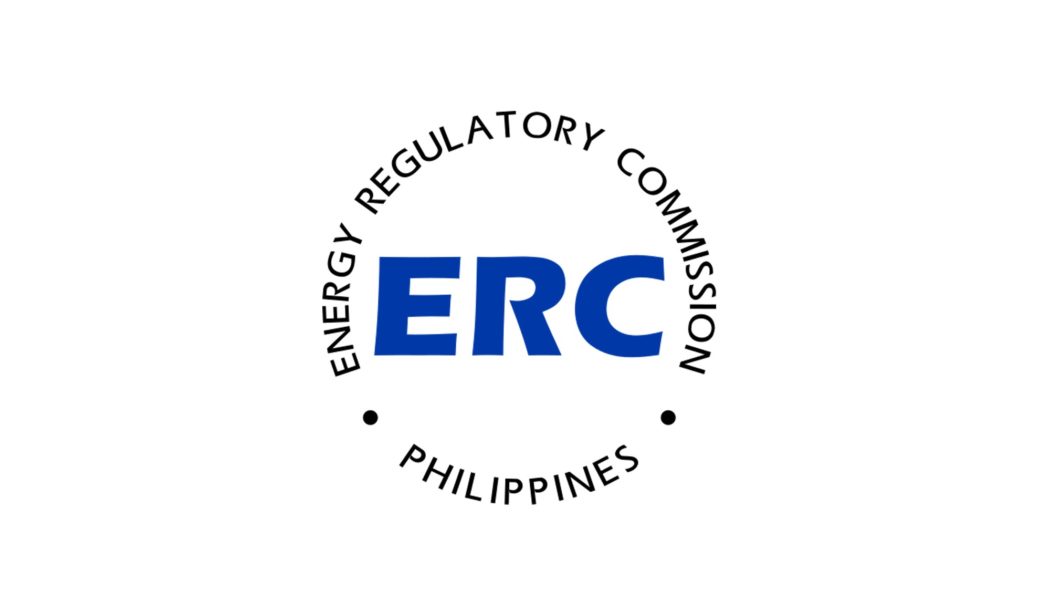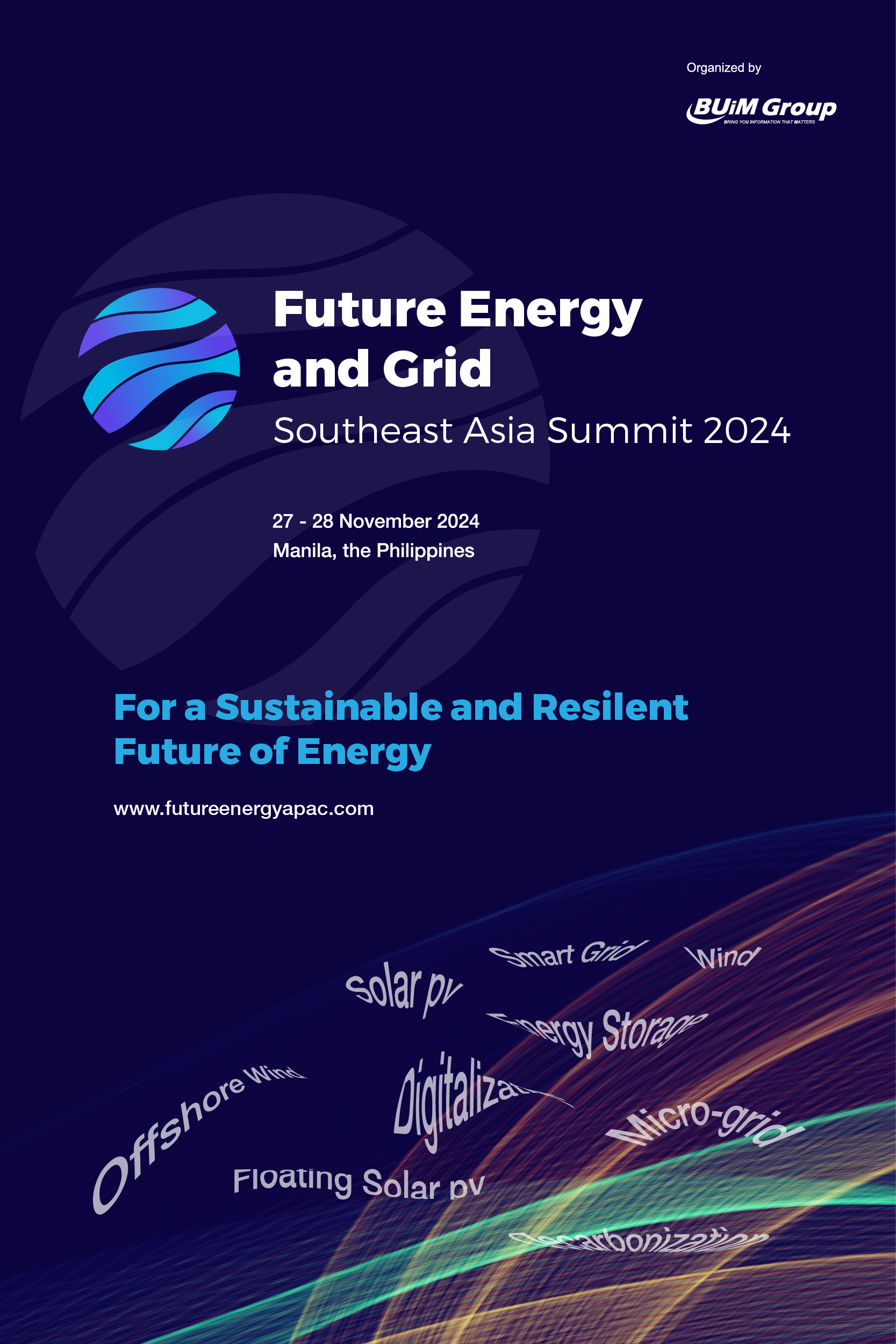The Philippines can expect a decrease in power prices for the next few months amid the ease of global coal prices and the declining rates of the Wholesale Electricity Spot Market (WESM), the Energy Regulatory Commission (ERC) said.
In a report by the Business World, ERC Chairperson and Chief Executive Officer Monalisa C. Dimalanta said that usually summer months observe a higher rate because of the increase in the demand, but over the last few months, global prices for coal and WESM prices had been declining.
Dimalanta added that the ERC’s reduction rate isn’t matching the speed at which coal prices are dropping, which the commission is currently analyzing.
Meanwhile, the Department of Energy (DOE) anticipates no shortage in power reserves in the Luzon grid for the remainder of the year.
Energy Assistant Secretary Mario C. Marasigan said that the overall available capacity including the continuing operation of Ilijan will supply enough power and reserve to the Luzon grid.
The Visayas grid, though, may receive potential yellow and red alerts during peak hours in the afternoon. This issue can be resolved by transferring electricity from the Luzon-Visayas interconnection, as well as the ongoing testing and commissioning of the Mindanao-Visayas interconnection project (MVIP).
In other developments, the DOE also promises to keep an eye on renewable energy (RE) service contractors who failed to carry out their projects on time and if the delays still continued, these projects may totally be canceled.
This came after Marinduque Rep. Lord Allan Jay Q. Velasco and Senate Energy Committee Chairman Senator Rafael T. Tulfo, raised concerns about the DOE’s lack of action on issues like red tape and right-of-way, which have contributed to delays in renewable energy (RE) implementation.
Velasco further explained that since the government is aiming to add 35% of RE to the energy mix, DOE should come up with a plan to resolve the right-of-way problems.
Currently, RE contributes around 22% Philippine energy mix. The government is pushing to increase its share to 35% by 2030 and 50% by 2040.


